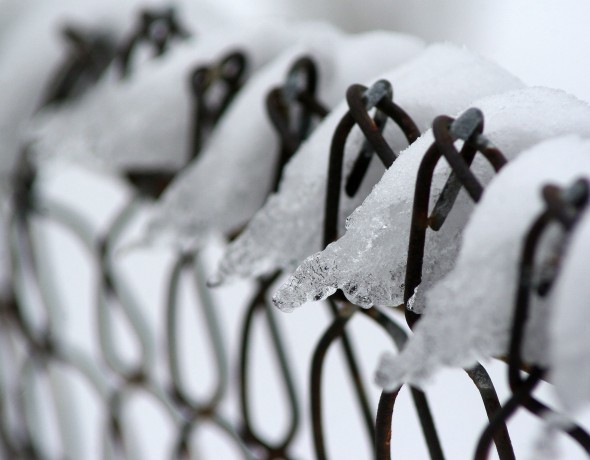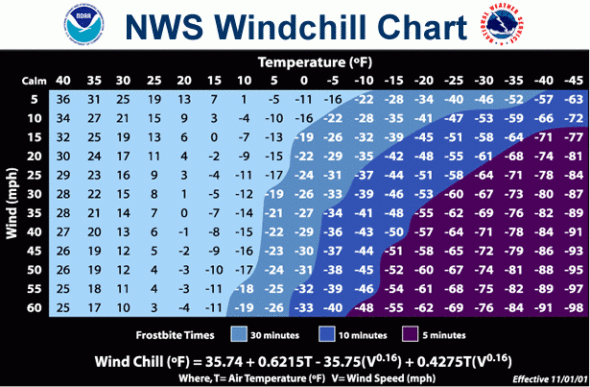
Sub-zero temperatures are predicted across the Midwest this week — here are some tips for staying warm and safe. (Photo by Suzsanne Szempruch)
Stay warm with cold weather tips
- Published: January 29, 2019
With the coming onslaught of brutally cold temperatures courtesy of the winter expansion of the polar vortex — that is, “the counter-clockwise flow of air that helps keep the colder air near the [north and south] poles,” according to the National Weather Service — as well as general cold snaps, village residents should prepare to keep themselves alert and safe when weather is frigid. Both travel and exposure to the cold can present challenges and dangers during the winter season, but preparing for these inevitabilities can reduce the risk of harm.
A good first step is to assemble an emergency supply kit — which is suitable for any type of weather emergency — to include non-perishable food items, water, a battery-powered or hand crank radio, extra flashlights and batteries. Storing extra warm clothing and blankets to fight the cold, as well as rock salt, sand and snow shovels, make the supply kit winter-ready.
In the event of a winter storm or frost/freeze warning — which will be issued by NOAA Weather Radio as well as local radio and television stations — people are advised to stay indoors. Those who must go outside are advised to wear several layers of lightweight clothing as opposed to a single, heavy coat. Gloves or mittens and a hat will prevent loss of body heat, and mouths should be covered to protect the lungs.
Car travel should be avoided if possible, but if it can’t be, gas tanks should be filled before bad weather hits — both for emergency use, and to keep fuel lines from freezing. Carry your emergency supply kit in the trunk, and, if possible, let someone know where you’re going and when you expect to arrive, so that help can be sent along your route if you get stuck.
Frostbite and hypothermia become threats in sub-zero weather conditions — beginning at a windchill of -18 degrees, frostbite can set in within 30 minutes of exposure without adequate protection from the cold.

From the National Weather Service
Fingers, toes, ear lobes and the tip of the nose are most susceptible to frostbite, and symptoms include a loss of feeling and lack of color in the skin. Hypothermia sets in when the body’s temperature dips below 96 degrees, and signs include uncontrollable shivering, memory loss, disorientation, incoherence, slurred speech, drowsiness and obvious exhaustion. If either frostbite or hypothermia is suspected, medical attention should be sought immediately.
Though this week’s cold temps are extreme, weather experts suggest that we haven’t seen the last of winter’s worst. For those who are having trouble keeping up with utility bills during the winter, the Home Energy Assistance Program offers a Winter Crisis Program to help eligible Ohioans who are threatened with disconnection, have been disconnected or who have less than a 25 percent supply of bulk fuel in their tank to maintain their utility service. The program runs through March 31. To apply for the program, visit energyhelp.ohio.gov, or send a copy of your most recent utility bills; a list of all household members, including, birth dates and Social Security numbers; proof of income for the last 30 days for each member of the household; and proof of citizenship or legal residency for all household members to HEAP, P.O. Box 1240, Columbus, OH 43216.
For more winter weather safety tips, visit http://www.weathersafety.ohio.gov and http://www.weather.gov/safety/cold.
The Yellow Springs News encourages respectful discussion of this article.
You must login to post a comment.
Don't have a login? Register for a free YSNews.com account.

Parkinsons.jpg)













No comments yet for this article.